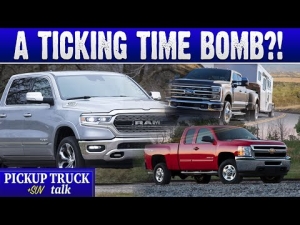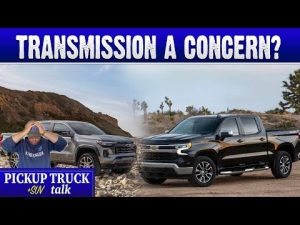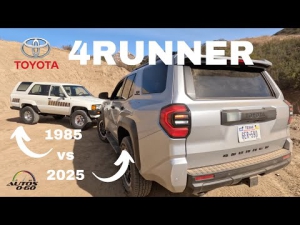Toyota 4Runner Frame Recall & Class Action Lawsuit
Owners of certain Toyota vehicles from 2003-2009 may want to take a look at their undercarriage. Last year Toyota settled a $3.4 billion lawsuit involving premature frame rust on its Tacomas, Sequoias, and Tundras. They did not admit fault, but they did issue a recall. Now the 4Runner joins the lawsuit, at the helm of lead plaintiff Gary Weinreich, according to Environmental Litigation Group, P.C.
What happened to Gary Weinreich’s 4Runner?
Weinreich brought his 4Runner, which he purchased in 2005, to a Toyota dealership service center. The technician working on it informed Weinreich of “severe and excessive” rust on the car’s undercarriage. Weinreich had owned the vehicle for six years by this point.
In addition to the undercarriage, the rust had spread to the splash shields, exhaust, and shocks. Weinreich felt the brunt of this damage in 2018 when his front steering control arm broke off while he was driving. This caused him to drive off the road.
What are the other dangers of frame rust?

Weinreich’s accident is among one of the worst things that can happen. Considering other infected parts of his car, the exhaust could have fallen off, or the shocks could have broken in half. Any part of the car that supports the chassis is called the unsprung weight. Suspension, wheels, and brakes are all examples of unsprung weight, where the rest of the car is called sprung weight.
The problem with the 4Runner is the sprung weight is being held up by rusted parts. Thus, it will give way after enough time and rot. A rusted or damaged frame is often enough to warrant a salvage title vehicle, which affects resale value. That said, even after repairs, the car won’t be as strong as it was before the damage took place.
Rust damage in the undercarriage can result in alignment issues, uneven tire wear, vibrations in the steering and pedals, followed by unusual noises. In the case of a truck, if the rust gets far enough the bed could detach from the rest of the car.
How much does it cost to fix the 4Runner’s frame?

As Toyota hasn’t recognized this as a manufacturer defect, ELG estimates the cost of repairs to be about $15,000. Besides replacing rusted parts, techs might have to cut out pieces of the unibody frame and weld it together, which could take a lot of time. Toyota’s other rust-related class action lawsuit which settled last year sparked the automaker to extend its warranty program.
It covered the frame corrosion on the Tundra, which shares its chassis with the Sequoia. In the event an inspected car meets the excessive rust criteria, Toyota will replace the frame free of charge. Toyota filed for dismissal of Weinreich’s claim in 2019, citing a “lack of any legitimate claims against the automaker”. Until Toyota acknowledges this problem, there won’t be any compensation.
Toyota has a history of manufacturing vehicles with sub-par quality control. It faced a lot of flack for the 4Runner’s automatic transmission in previous generations and did not issue a recall. This rust issue may not settle anytime soon, and until it does anyone with a Toyota truck built between 2003-2009 should have it inspected immediately.
RELATED: Recall Alert: Your 2020 Toyota Supra Could Catch Fire
The post Toyota 4Runner Frame Recall & Class Action Lawsuit appeared first on MotorBiscuit.







